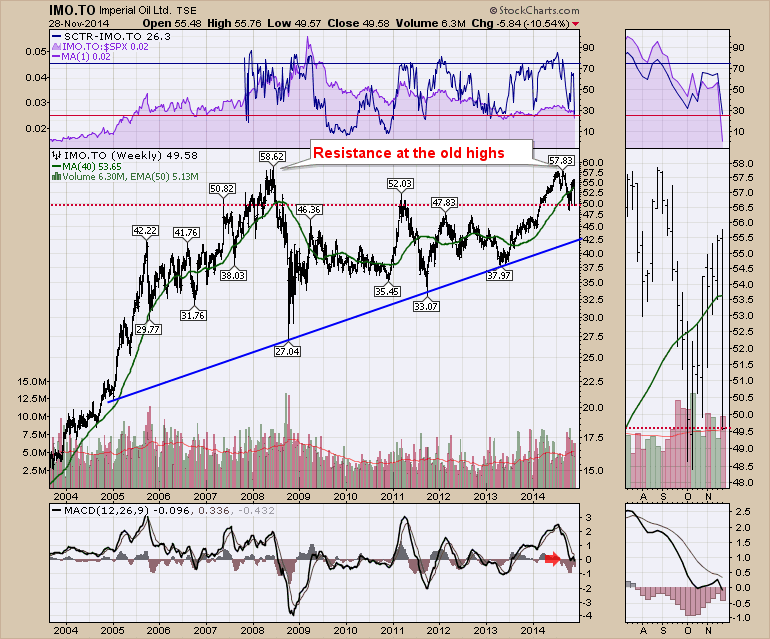Dividend Yield is a Sucker’s Bet – Looking Under the Hood of ETFs to Find True Dividend Growth
Post on: 7 Май, 2015 No Comment

Okay, it is no secret why dividend paying stocks are back in vogue. For starters, there are plenty of big globally dominant blue chips doling out dividend yields that thump the 1.7% interest payout on a 10-year Treasury. A few examples:
And given the rollercoaster-ish markets of the past few years, having a bit of an income cushion can make for a less nerve-racking ride.
The thing is, if you’re just oogling fat current dividend yields you are missing the more profitable boat. When it comes to dividend investing, the far smarter play is to zero in on companies that consistently increase their dividend payouts.
To be clear, focusing on growth can often mean accepting a lower current yield. The tradeoff is that over time, companies that have the balance sheet strength to keep boosting their dividend payouts have typically produced the best total returns. If long-term growth is what you’re after, it’s dividend growth that you want to keep your eye on.
According to Ned Davis Research, from 1972 through 2011, companies within the S&P 500 stock index that consistently increased their dividends delivered an annualized total return of 9.4%. Companies that merely paid a dividend but didn’t have a rigorous habit of boosting the payout amount clocked in with a 7% annualized gain. (By-the-by, stocks within the 500 that didn’t pay a dividend had an annualized gain of 1.4%. Consider yourself warned.)
And if you’re needing a cherry on top of that dividend-growth sundae, the dividend growers had a lower standard deviation than the dividend payers. Yep: outperformance with less heartburn.
The $10.9 billion Vanguard Dividend Appreciation exchange traded fund (VIG ) is all over the dividend growth strategy. This ETF works off of a proprietary index created by a third party (Mergent) just for Vanguard. The first screen is that a company must have increased its dividend in each of the past 10 years. From there, the criteria gets a tad black-box, but the general gist is that this fund is ferreting out dividend-payers with a propensity for strong balance sheets that can fuel further dividend growth.
That’s led to some impressive out-performance.
Checking under the hood of this ETF turns up a who’s who of dividend all-stars. The top five holdings in Vanguard Dividend Appreciation:
Chevron (CVX ) and Exxon Mobil (XOM ) both in the top 10 holdings for the ETF are also among the cheapest, as Chevron’s PE ratio is below 8 and Exxon’s only recently crept above 10.
Of course, that’s largely a function of falling oil prices amid rising concerns of economic slowdown here, in Europe and China. To be sure, falling oil prices are a steady headwind, but in recent years, Exxon Mobil’s per-share earnings growth has managed those downdrafts more solidly than Chevron.
Checking deeper under the hood turns up some other perhaps less obvious dividend growth plays in the 130-stock Vanguard Dividend Appreciation portfolio.
Nike (NKE ), Monsanto (MON ) and Norfolk Southern (NSC ) were all added to the portfolio in the first quarter of the year. Their dividend growth is a chart worth drooling over.
Moreover, their low dividend payout ratios suggest they have plenty of room to keep up the dividend increases.
That each stock is a recent pickup for the standout Vanguard Dividend Appreciation fund is indeed an intriguing start point for investors. Just remember, you’re buying the underlying stock, not just that dividend, or history of dividend growth. From a valuation standpoint, Norfolk Southern looks the most intriguing. Solid earnings growth hasn’t been met with a commensurate rise in the price.
Moreover, dividend growth has averaged nearly 20% annually over the past five years, providing a nice income stream that helps drive strong total returns.














